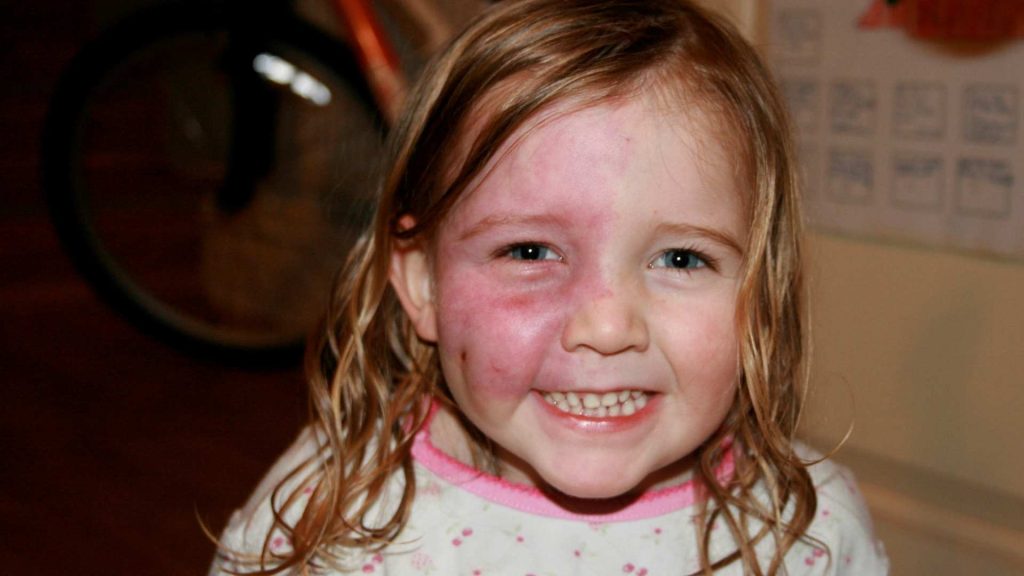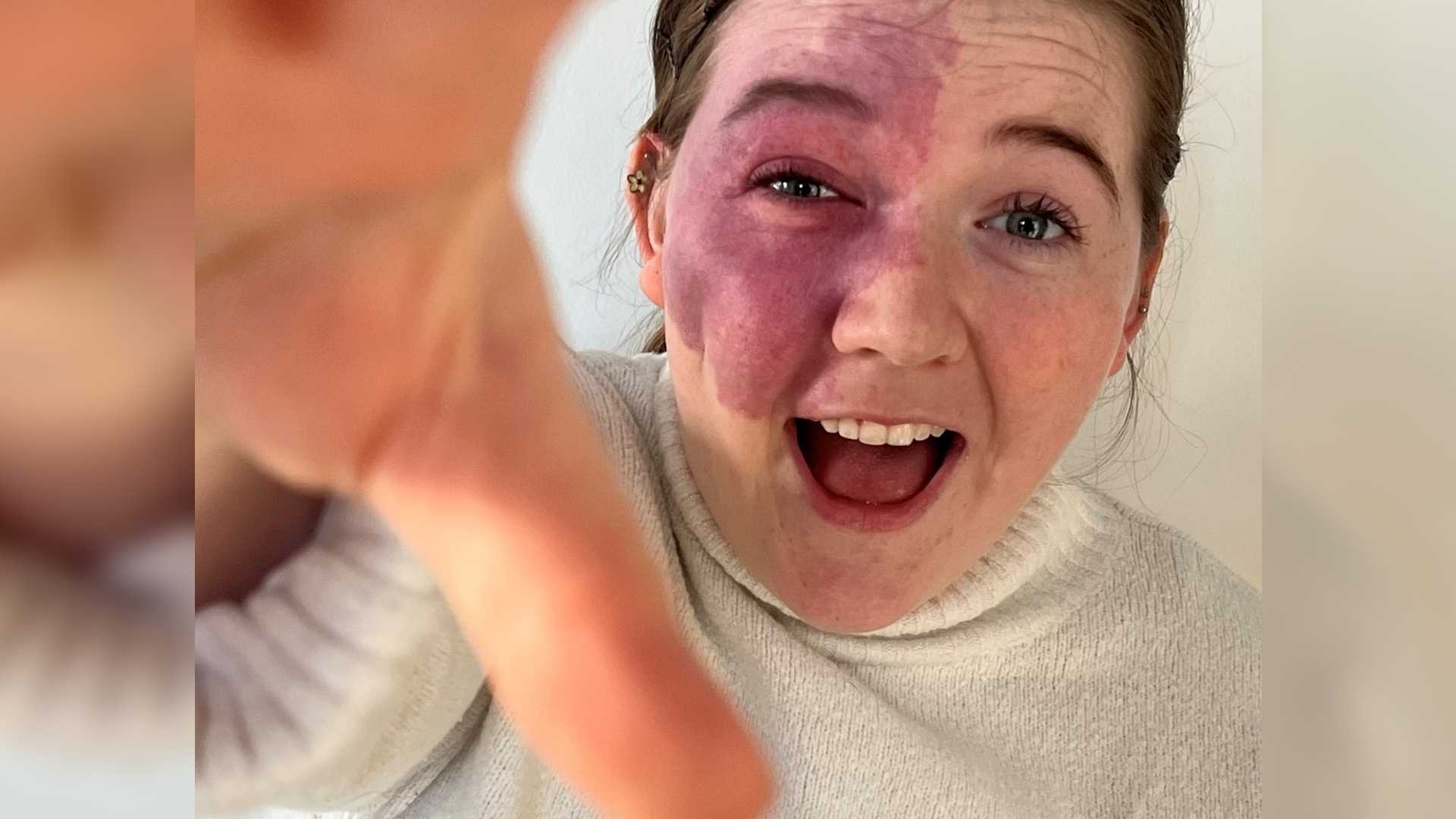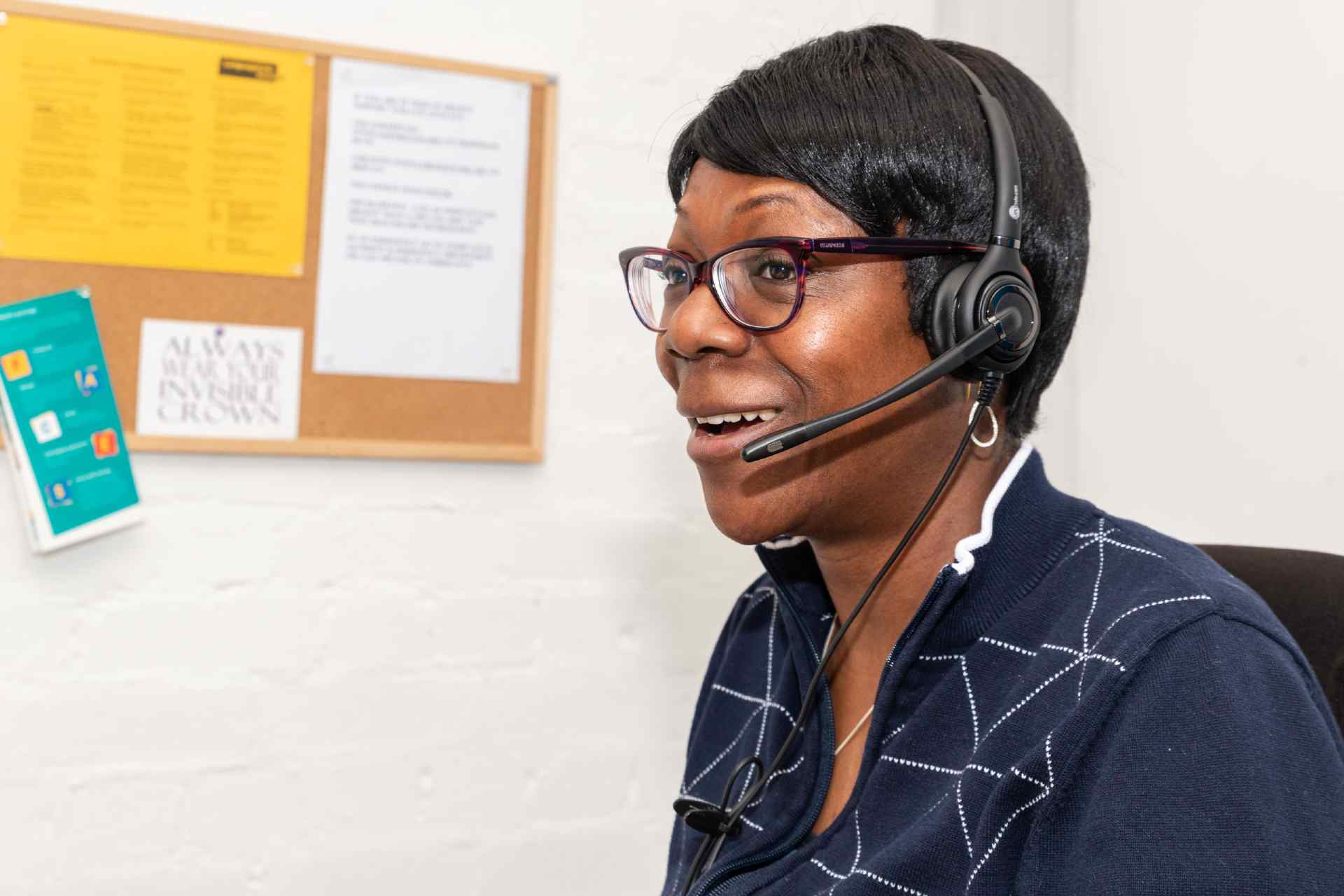My name is Evie, I am 21 years old, and I was born with a Port Wine Stain birthmark on the right side of my face.
Growing up, I found it difficult looking different from all the other children I was surrounded by. Sometimes it made me feel anxious and self-conscious, as my difference meant people stared at me, despite me feeling ‘normal’. After many occasions of telling my mum that I “hate my birthmark and want to get rid of it”, she bought me some foundation, however, it never looked or felt right, no matter how many times I tried it on.
I had lots of laser treatment when I was younger to fade my birthmark, which helped my confidence as a little girl. I regularly got asked “Is that face paint” or “Is that sunburn” in which I always had a simple response of “no it’s a birthmark”. This constant reassertion and explanation of my appearance made, and makes, me feel awkward, but I often found simplicity in my replies encouraged understanding.
School was always quite difficult for me, especially at the start of a school year. New students started, and my birthmark would be examined by staring eyes for the weeks to come. This was always at the front of my mind.

Evie found the stares from children at school challenging
Now that I am older, I love that I am unique and look different to the rest of the crowd. My friends would describe my birthmark as cool, distinctive and have always supported me in embracing its unique beauty. One friend has even given it the nickname Strawberry.
Although I have accepted my birthmark as part of me, I can lack confidence and feel frustrated at people staring, noticing it more if my mood is low. These days can feel exhausting, despite me trying to separate people’s perceptions of me from my self-worth, it can be a struggle. My confidence levels vary, so I often remind myself that people’s perceptions can be adoration and curiosity rather than judgment. Attaching positive intentions helps me maintain my confidence.
However, I struggle most with children’s stares, questions and bluntness. Although I understand that they are young and sometimes don’t know when not to stare, I try not to make eye contact to avoid them looking at me. This makes me feel more comfortable.
Most of the time I am confident and embrace my birthmark when I am in public. I have never worn makeup to cover my birthmark up as allowing myself to let people notice is a good way of spreading awareness and educating people.
I hope that better understanding means that the visible difference community doesn’t feel so isolated by others.
An uncomfortable situation I recently experienced happened whilst I worked on placement in a hospital ward. I was confronted by three medical professionals who asked, “what happened to your face?”, which shocked and upset me. I felt that the hospital environment should have been more educated, or at least, less blunt with the comment made. Furthermore, dealing with uncomfortable situations, like this one, can be difficult. I find standing strong and not letting comments affect me helps me to reassure myself. It can be a struggle facing this on your own, so I often turn to friends for comfort and to strengthen my self-esteem through their kindness and support.
In the future, I would love to see a focus on inclusion within education, raising an understanding from a young age that not everyone is born looking the same.
This education on the diversity of appearances can spread to adults too, as in my experience, knowledge about birthmarks – and visible differences generally – can be limited. I hope that better understanding means that the visible difference community doesn’t feel so isolated by others.
Acknowledgement of our differences is key to creating a comfortable environment for everyone. A smile or a wave is all that is needed.
On a day-to-day basis, I forget I have a birthmark and go through life with a smile. I look at life with a very positive attitude, choosing to focus on my happiness rather than my everyday struggles. By writing this story I hope to spread awareness about individuality and help inspire others who look unique to embrace their difference.

